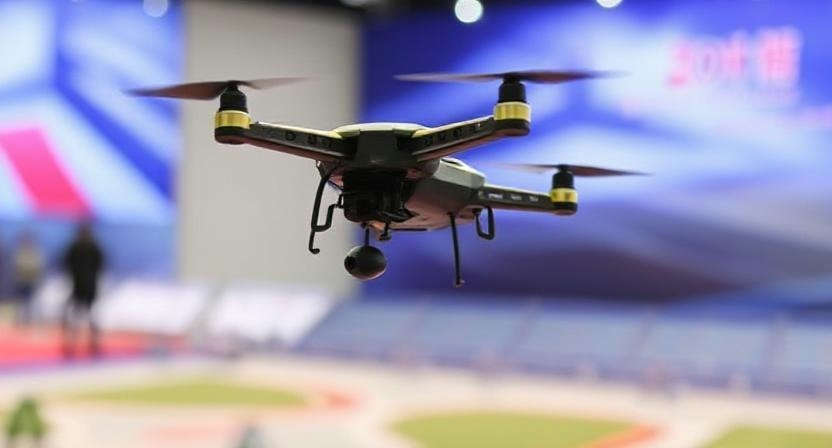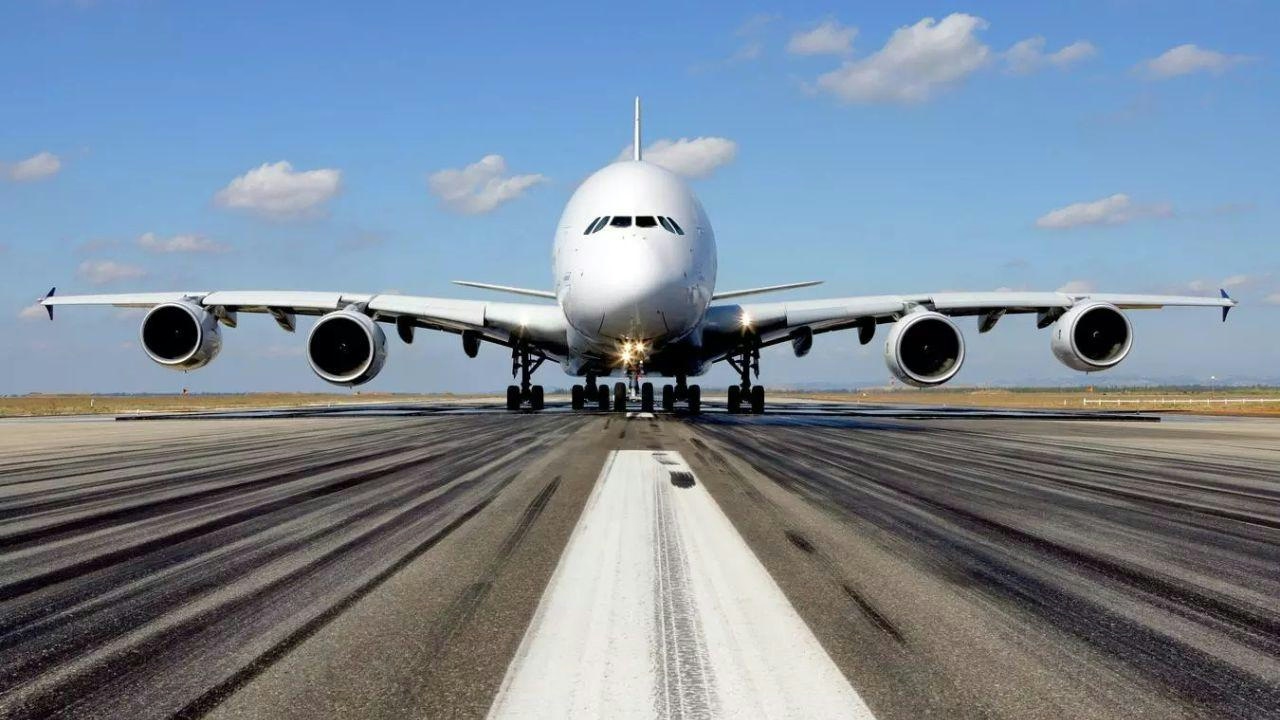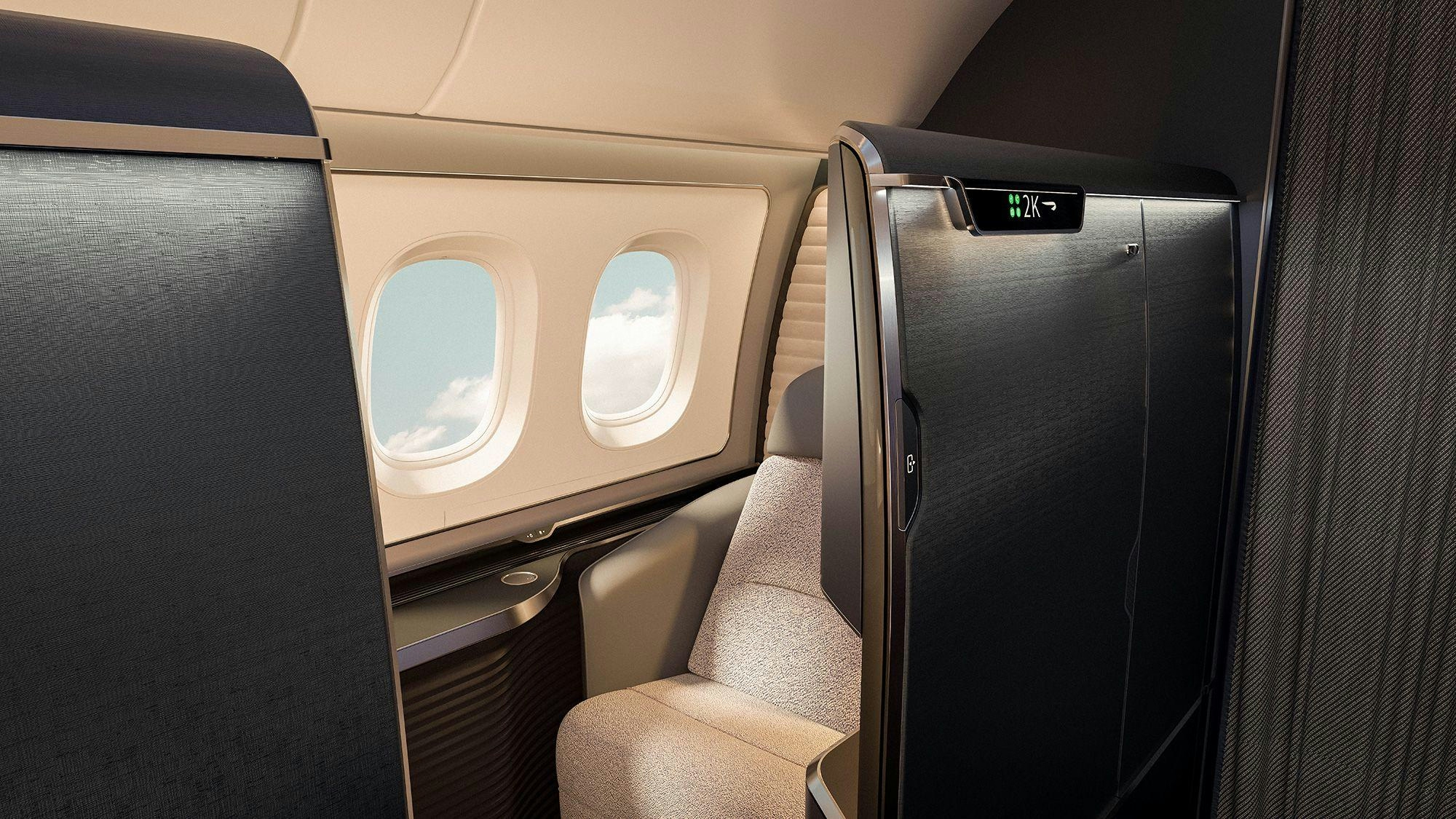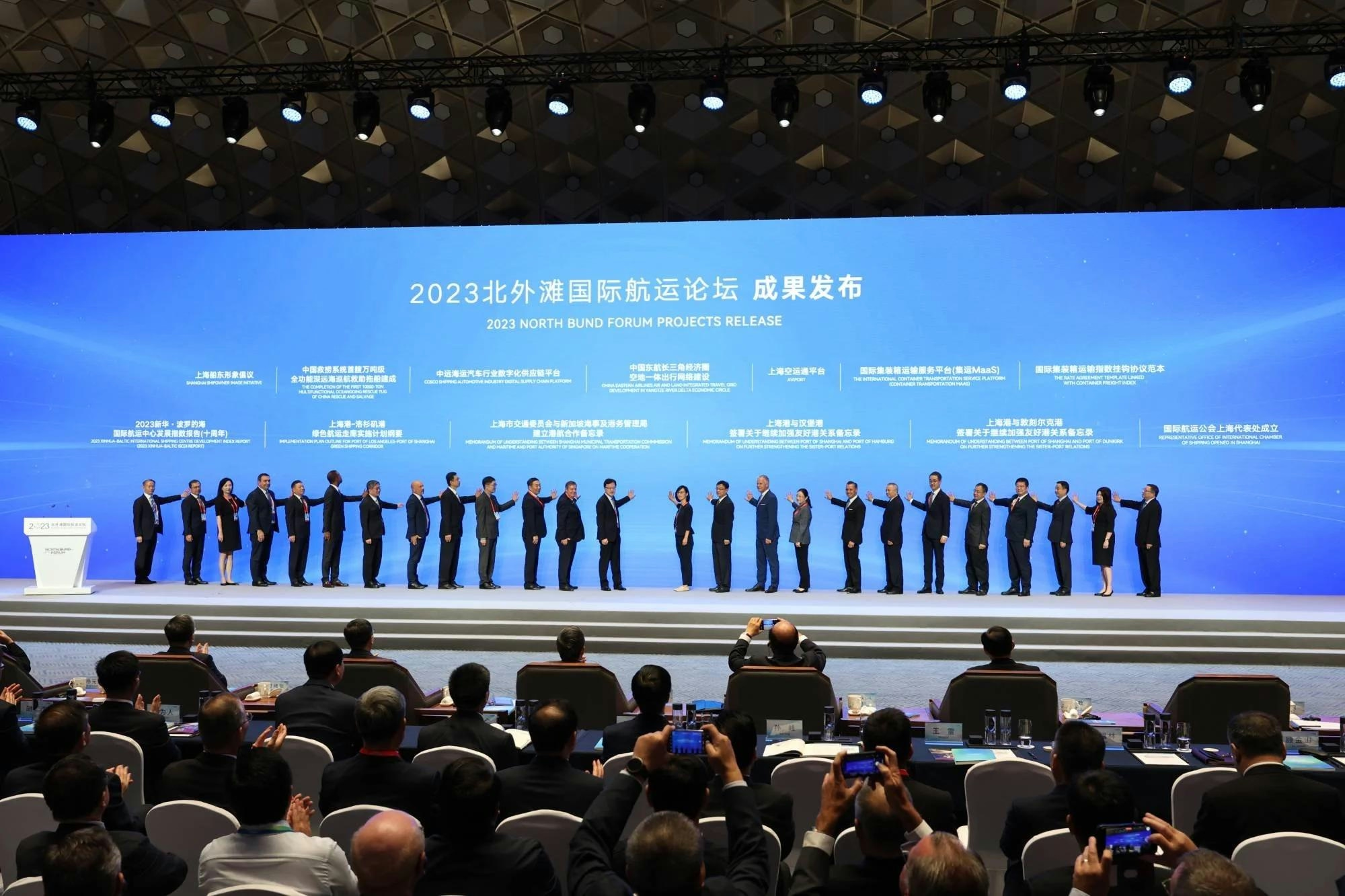
AeroGenie: il tuo copilota intelligente.
Tendenze
Categories
Etihad Airways to Return Parked A380s to Service

Etihad Airways to Reactivate Parked A380s Amid Fleet Expansion and Market Shifts
Etihad Airways is preparing to return two of its stored Airbus A380-800 aircraft to active service, increasing the number of operational superjumbos in its fleet to nine. This decision aligns with the Abu Dhabi-based carrier’s ambitious growth objectives and comes in the wake of Wizz Air Abu Dhabi’s recent market exit, which has altered the competitive landscape in the region.
Fleet Reactivation and Growth Strategy
During a briefing in Hamburg on July 25, Chief Revenue and Commercial Officer Arik De confirmed that Etihad is evaluating the reintroduction of two mothballed A380s. Speaking to UAE newspaper The National, De emphasized the airline’s focus on profitability, stating, “We want more A380s back, but we don't want to bring them if they don't bring us money.” Industry sources suggest that aircraft A6-APC (msn 176) and A6-APB (msn 170), currently stored at Tarbes, are slated to return to service in June 2026 and January 2027, respectively. Meanwhile, a third A380, A6-APA (msn 166), is being dismantled at Teruel. Etihad has not provided an official comment on these developments.
The airline had grounded its entire ten-aircraft A380 fleet during the Covid-19 pandemic but has since reactivated seven of these superjumbos. The move to bring additional A380s back into operation is part of a broader strategy to support significant passenger growth. At a media briefing on July 23, CEO Antonoaldo Neves announced a target to carry 21.5 million passengers in 2025, more than double the total recorded in 2022. To meet this demand, Etihad expects to take delivery of 18 new aircraft by the end of the year.
Current Fleet and Future Deliveries
Etihad’s current fleet comprises 112 aircraft, including seven active A380s, fifteen A320-200s, one A320-200N, nine A321-200s, four A321-200Ns, two A321-200NXs, and one A321-200NX(LR) delivered recently. The carrier also operates two wet-leased A330-200s, seven A350-1000s, one B747-400FSCD, five B777-200Fs, nine B777-300ERs, ten B787-10s, and thirty-six B787-9s. The airline has placed substantial orders for future deliveries, including twenty-eight B787 and B777X aircraft announced during US President Donald Trump’s visit to the Middle East in May 2025. In total, Etihad anticipates receiving 94 additional aircraft, consisting of twenty A321-200NX(LR)s, thirteen A350-1000s, ten A350 freighters, eight B777-8s, seventeen B777-9s, twenty B787-10s, and eight B787-9s.
Market Implications and Strategic Considerations
The reactivation of the A380s occurs at a critical juncture for Etihad, as the airline seeks to fill the capacity void left by Wizz Air Abu Dhabi’s withdrawal. This shift may intensify competition on routes formerly served by Wizz Air, prompting Etihad to adjust its operations, manage passenger demand, and optimize efficiency. Competitors are likely to respond by modifying their route networks or pricing strategies to protect their market share.
These operational changes and fleet expansions are expected to have broader implications for Etihad’s strategic ambitions, including its potential initial public offering (IPO). The success of the A380 reactivation and the launch of new routes will serve as key indicators of the airline’s capacity to adapt and expand within a dynamic and evolving market environment.

Europe Advances Aviation Sustainability Through SAF Mandates and Innovation

Lufthansa's Fleet Plans for 2025

Fifteenth National Games Model Aviation Finals in Longhua Showcase Drone Sports and Innovation

Brazilian Woman Becomes First Female Captain of Airbus A380

Airbus and Boeing: Comparing Their Global Reach

Vietjet Orders 100 Airbus A321neo Jets, Strengthening UK-Vietnam Strategic Partnership

The Aircraft Set to Replace the Iconic Superjumbo

Delta Air Lines Introduces AI-Powered Concierge Service

Shanghai to Host 2025 North Bund International Aviation Forum
